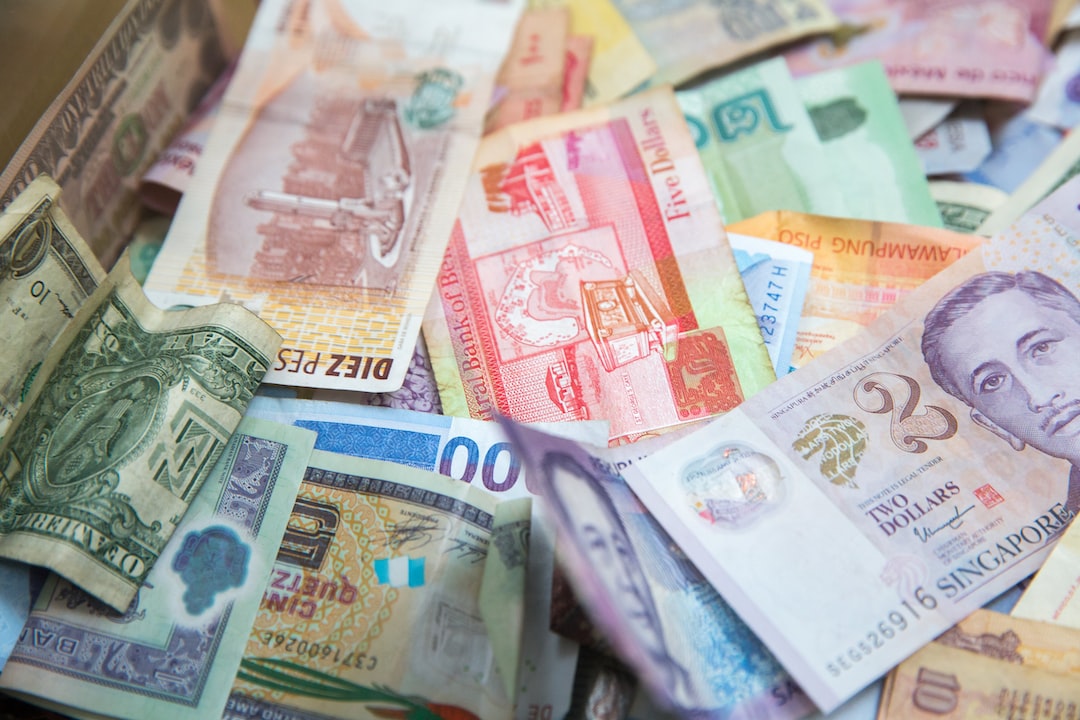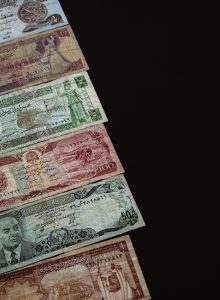Forex, or foreign exchange trading, is the process of buying and selling currencies in order to make a profit. One of the most important tools in forex trading is the exponential moving average (EMA), which is a type of moving average that places more weight on recent data points. In this article, we will explain what EMA is and how to calculate it in Excel.
What is EMA?
EMA is a technical analysis indicator that is used to identify trends in the market. It is calculated by taking the average price of a currency over a certain period of time, and giving more weight to the most recent prices. This means that the EMA is more responsive to changes in the market than a simple moving average (SMA), which gives equal weight to each data point.
EMA is often used by forex traders to determine entry and exit points for trades. When the EMA is sloping upwards, it indicates an uptrend, while a downwards slope indicates a downtrend. Traders can use this information to buy or sell currencies depending on their desired outcome.
How to calculate EMA in Excel
Calculating EMA in Excel is a fairly simple process, and can be done using the built-in functions in the program. Here are the steps to follow:
1. Open a new Excel spreadsheet and enter the data for the currency pair you want to analyze. This data should include the date, opening price, closing price, high price, and low price for each day.
2. Determine the period for which you want to calculate the EMA. This can be any number of days, but 10, 20, and 50 day periods are commonly used in forex trading.
3. Calculate the SMA for the period you have chosen. To do this, use the AVERAGE function in Excel. For example, if you want to calculate the 10-day SMA for the closing price of a currency pair, you would enter the following formula:
=AVERAGE(B2:B11)
Where B2 is the first cell in the column containing the closing prices, and B11 is the last cell.
4. Calculate the multiplier for the EMA. This is determined by the period you have chosen. For a 10-day EMA, the multiplier would be:
(2 / (10 + 1)) = 0.1818
5. Calculate the EMA for the first day of the period. This is simply the same as the SMA for that day.
6. Calculate the EMA for the rest of the period. To do this, use the following formula:
EMA(current day) = (Closing price(current day) – EMA(previous day)) x multiplier + EMA(previous day)
For example, if you want to calculate the 10-day EMA for the closing price of a currency pair on the 11th day of the period, you would enter the following formula:
=(B11 – J10) x 0.1818 + J10
Where B11 is the closing price for the 11th day, J10 is the EMA for the 10th day, and 0.1818 is the multiplier for a 10-day EMA.
7. Repeat this process for the rest of the period, using the EMA from the previous day to calculate the EMA for the current day.
Conclusion
Calculating EMA in Excel is a useful tool for forex traders who want to identify trends in the market. By giving more weight to recent data points, EMA is able to respond more quickly to changes in the market than a simple moving average. By following the steps outlined in this article, traders can easily calculate EMA for any currency pair and period of their choosing.





